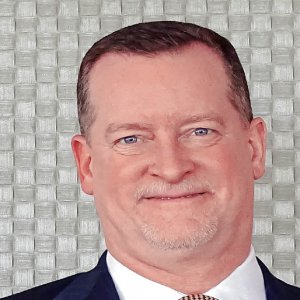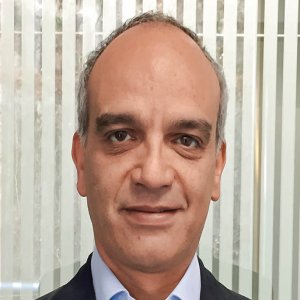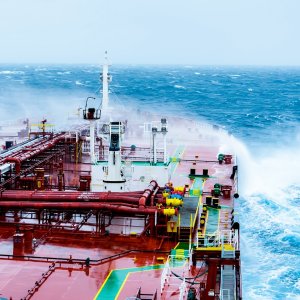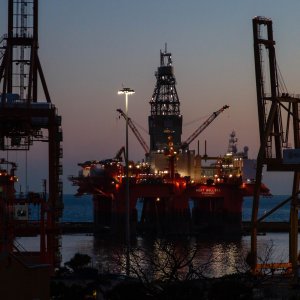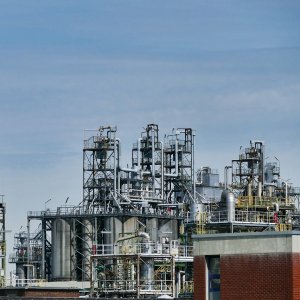Deepwater Efficiency Through Automation Engineering

STORY INLINE POST
Q: What are the main areas that will benefit from the main technologies and processes you are trying to bring into Mexico?
A: I can think of a couple areas where I our expertise will come into play, particularly in deepwater activities. Wood Group Mustang has designed more than 60% of the deepwater topsides in the Gulf of Mexico, so we know the Gulf well and we will be able to help a lot in the Mexican offshore arena. Another area in which we will be able to bring technology and our worldwide expertise is in pipelines, as Mexico is undergoing a conversion to transport gas in from West Texas. In the US, our pipeline group is the number one organization based on scale and the amount of pipeline we have designed for our clients.
Q: How will you translate your expertise in automation design in platforms in the US side of the Gulf to projects in Mexico?
A: The key is to be as efficient as possible. We have a methodology called “lightweight topsides” in which we look at the platform and figure out how to optimize it in order to make it as light as possible. At the end of the day, in the offshore arena, companies pay for the pounds of steel being installed. Wood Group Mustang can bring the technology and experience that we have demonstrated repeatedly in the US and other places around the world into the Mexican market and contribute effectively, ensuring operators are efficient and effective. A lot of people are interested in the deepwater round, but they do not have much capital to invest in this market right now. We could provide a way to be efficient with the capital being put into the market. Standardization is another element that will work well in the Mexican industry. Instead of having an optimized design for every installation, there could be a portfolio of three specific platforms, and operators could decide which one best fits their project. The market would move at a more agile speed and the repeated use of the same design is a much more cost-effective methodology.
Q: What are the details of the terms of the contracts you signed with PEMEX in 2015 for deepwater and extra- heavy oil assets?
A: We signed a master service agreement (MSA) with PEMEX, which means we have agreed rates, so PEMEX can release packages of work without having to negotiate contracts every time. We have the first packages for small operations and some studies. The MSA facilitates the execution speed of these projects because PEMEX does not have to go through a bidding process or negotiations every time. This fits into the idea I mentioned about standardization. What we will see in the market is that the owners and operators, in this case PEMEX, will have to get used to a few suppliers with whom it has an established relationship, which the MSAs foster through repetitive work. The real benefit comes to the operator by using the same contractor repeatedly because the parties get to know each other quite well, leading to greater efficiency.
Q: How can PEMEX improve its efficiency in order to achieve its goals in spite of the capital issues it is experiencing?
A: Everyone is undergoing a similar situation. The best alternative is to examine your projects and then prioritize which ones will help to achieve a given goal the shortest timeframe, and then focus on just one or two big projects as opposed to the whole portfolio. The second step is to recruit the right contractor, with the appropriate expertise. PEMEX could be struggling with prioritizing due to the large portfolio is has to evaluate, which also could explain why the NOC is moving at a rather slow pace. However, if PEMEX selects one or two projects, there should be enough funding to carry them out successfully.

